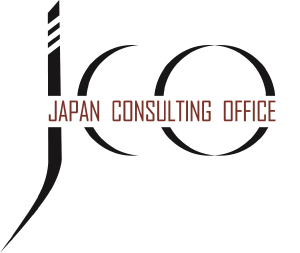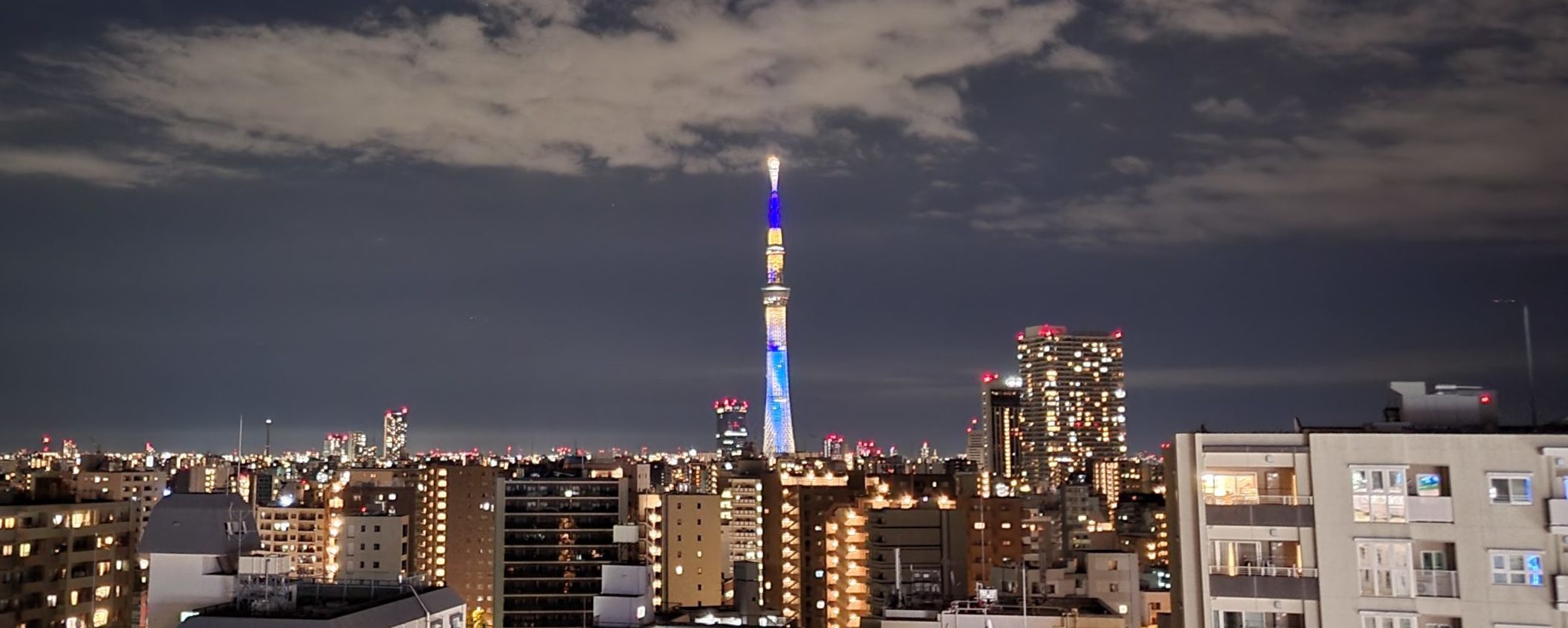In a previous post we learned how New Year is celebrated in Japan and how to say “Happy New Year” in Japanese. One of those greetings included yoroshiku onegai shimasu. It is one of the most common expressions in Japan. If there is one sentence in Japanese you should remember, it should be this one. What does it mean and when can you use it? Let’s find out!
Truth be told, there isn’t really an all-encompassing translation and depending on the context, it can mean different things:
First time meeting
When meeting someone for the first time, Japanese tend to use yoroshiku onegai shimasu after introducing themselves. In this case you could see it as “Nice to meet you” or “I hope we get along”. You can then reply using the same sentence.
Group work/meeting
Before starting group work or meetings, Japanese will also use yoroshiku onegai shimasu. Here it is used as words of encouragement (“Let’s do a good job together!”), or words of gratitude (“Excited to be working with you!” / “Thank you for your valuable time!”).
Email
It is also used as a set closing phrase in emails similar to how we end our emails with “Your Sincerely”.
Asking for help
Another situation in which its commonplace for Japanese to use this expression is when making a request or asking for help. After making your request, you can say yoroshiku onegai shimasu, which in English would mean something like: “Thank you (very much) in advance”.
New Year’s Greeting
Lastly, Japanese will also use the phrase when the New Year comes around. In this case it means “I look forward to working with you again this year”.
These are just a few examples in which the Japanese will use yoroshiku onegai shimasu. So, give it a try in your e-mail or verbal communication. You will definitely impress your Japanese colleagues!
To work and communicate more effectively with your Japanese colleagues or client, check our Open Workshop dates here.







